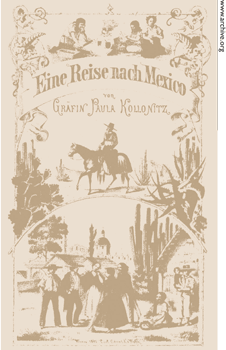Countess Paula Kolonitz: notes on the aristocracy from a book by a woman in the 19th century
As part of the entourage that accompanied Maximilian of Habsburg and Charlotte of Belgium on their imperial adventure, Countess Paula Kolonitz came to Mexico. This is her story.





